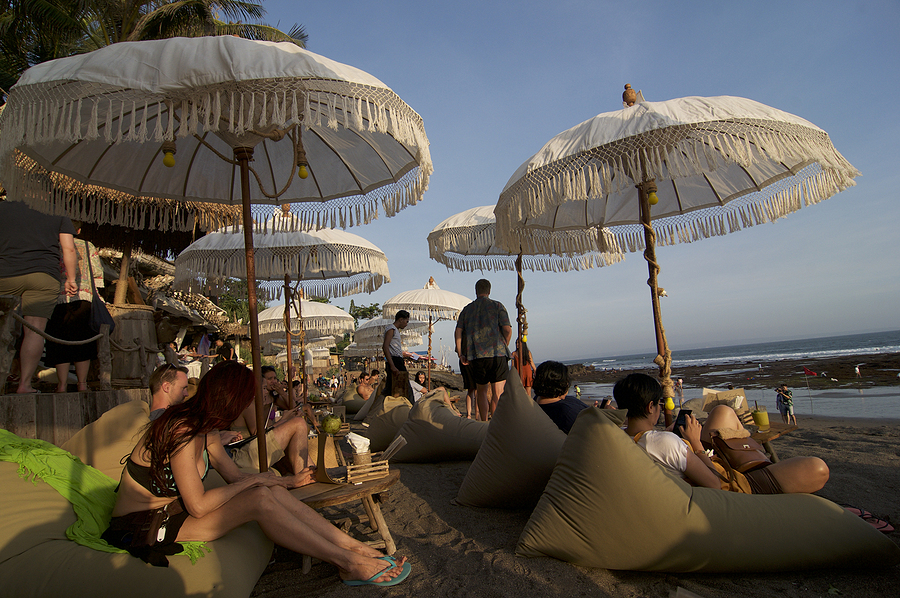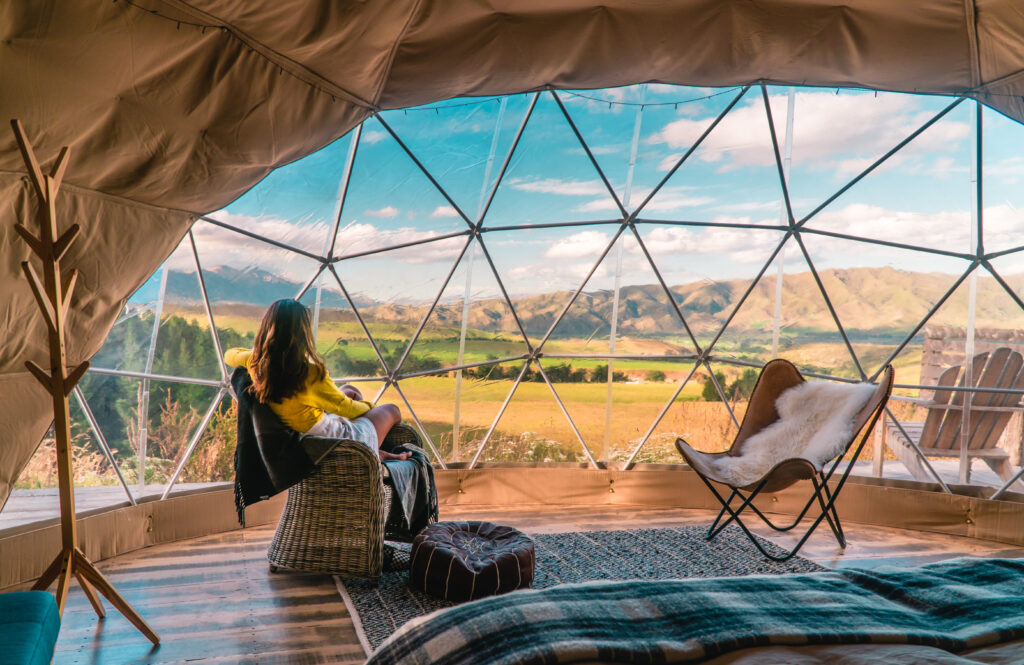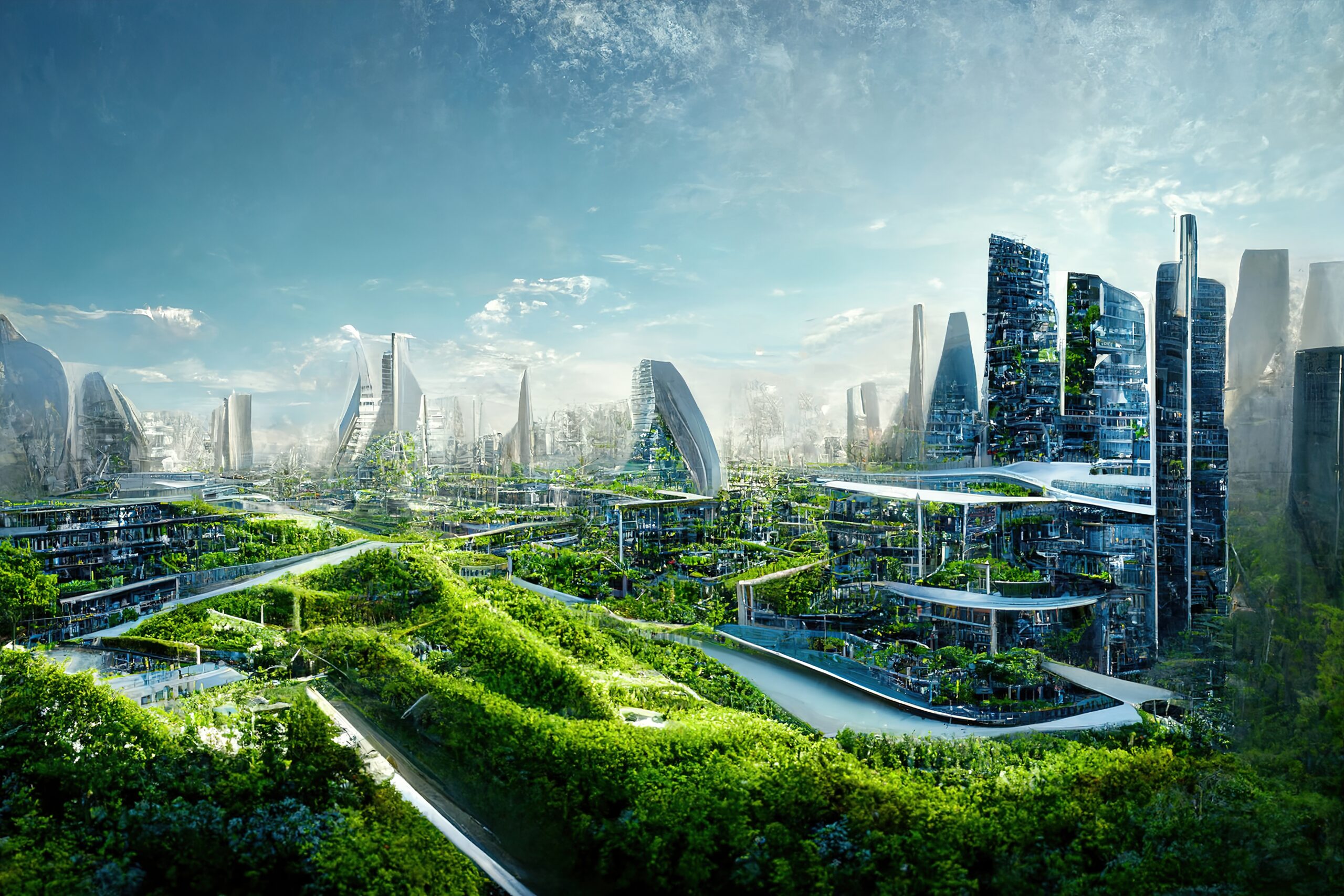How sovereign, self-directed, fully alive individuals outgrew the modern world—and what must come next.
The System Was Never Built to Hold Us
Every civilization builds its containers.
The industrial age built cities: vast machines of labor, scale, capital, and control.
We built them to organize production, house institutions, and concentrate power.
Their grid was functional. Their tempo was extractive. Their logic was industrial.
Even our most glamorous urban centers – New York, London, LA, Dubai, Singapore – are still tools. Just ornamented. Their essence hasn’t changed.
What we’ve never built – anywhere – is a place for people like us.
People who are sovereign in direction, awake in spirit, mobile in capital, and serious in creative output.
People who didn’t leave the system out of rebellion, but out of realization.
People who still want to build – but won’t do it on foundations that require self-erasure or spiritual compromise.
We didn’t abandon ambition. We simply evolved beyond the infrastructure that once sustained it.
And now, the built world has no container for us.
Cities Were Built to Serve Industry. Not Integrity.
Throughout the 20th century, cities functioned as growth engines.
You didn’t just live in one–you aligned with its function.
Los Angeles for image. New York for finance. San Francisco for software.
Each city was a pipeline. If you brought energy, it returned access.
Even at their most brutal–overpriced, overstimulating, overdetermined–cities still gave something back. They had momentum.
But under the surface, they were always machines. Built to move money and manage people. Their structures–physical and cultural–were designed to scale output, not to sustain internal coherence.
They were never meant to support sovereign individuals operating outside the centralized systems they were built to optimize.
The pattern repeats globally:
London runs on imperial memory and bureaucratic spectacle.
Singapore delivers frictionless function with no spiritual depth.
Dubai has gravity, but no soul: Globalism rendered as showroom.
Tokyo is exquisite, but closed: Its rhythm impenetrable to outsiders.
Berlin had a moment, post-Wall: A glitch of emergence. But the signal was never protected. Now it’s mostly nostalgia in newer clothes.
What unites them all?
They still perform the functions they were designed for: managing flows of money, people, and institutional complexity.
But they cannot hold people who are no longer looking to be managed.
We’re not rejecting civilization. We’re recognizing that we’ve outgrown the tools it once gave us.
Not craving novelty. Not chasing aesthetic. Just seeking something that reflects who we are now.
The Break Came Quietly. COVID Just Made It Obvious.
The fracture didn’t start with COVID. That was just the public unveiling.
The break began earlier, with the rise of remote work, mobile capital, digitally native income, and sovereign leverage.
The moment we no longer needed cities, we saw them clearly: not as hubs of opportunity, but as legacy infrastructure.
The pandemic wasn’t a disruption. It was a confirmation.
And so we moved. But not toward new centers–toward new possibility.
Lisbon. Bali. Tulum. CDMX. Tokyo.
Not for adventure. Not for lifestyle porn. But in search of something subtler:
Coherence: that rare condition where external structure and internal state don’t fight.
We weren’t just looking for quality of life. We were looking for alignment.
But coherence isn’t something you can Airbnb into.
Even when the ingredients were present–beauty, freedom, good people–the signal didn’t hold.
Because the architecture wasn’t there. Cultural, legal, spatial, spiritual, it hadn’t evolved to match our needs.

Scenes Were Signals. Not Systems.
For a brief time, some places worked.
Canggu, 2018: an informal village of builders, philosophers, operators. High signal. No performance.
Tulum, 2020: a strange glitch of barefoot intensity and off-grid intimacy during lockdown.
Lisbon, 2021: still early enough to feel emergent, not extracted.
These weren’t cities. They were frequencies.
Shared rhythm. Low noise. Fluent presence. People who could speak without explaining.
But we didn’t protect them.
Once attention arrived, the signal collapsed. Scene became brand. Brand became product.
Developers followed the energy. Influencers followed the developers. Tourists followed them all.
And coherence unraveled.
Not because it had to. Because we treated it like a moment, not a membrane.
We acted like it was a phase, not a form.
But coherence isn’t trend. It’s a fragile ecology. And without architecture, it decays.
This wasn’t just cultural entropy. It was design failure.
Extraction Is Inevitable Without an Immune System
What happens when you combine capital, visibility, and spiritual hunger in a place with no boundary logic?
Scenes eat themselves.
Developers extract attention. Brands extract aesthetic. Tourists extract story.
Even the sacred gets commodified. Spiritual entrepreneurs show up to turn mysticism into lifestyle product.
Even “intentional communities” fall apart.
Too open, and they dissolve.
Too closed, and they rot.
Most don’t survive their second cycle of attention–because almost none are architected to protect coherence.
They perform values. They don’t defend them.
So we loop:
Scenes with no structure.
Structure with no soul.
Ideologies with no embodiment.
“Communities” that only exist in Notion.
The result: endless motion. Perpetual displacement. Everyone’s sovereign. No one’s held.

What We’re Actually After
What we want isn’t extreme. It’s just not available in the current operating system.
We want:
- Rhythm, not chaos
- Beauty without branding
- Creation without platform dependence
- Ambition without spiritual cost
- Slowness that nourishes, not numbs
- People who don’t require self-translation
- Places that don’t fracture the self
We’ve tasted it. Briefly.
That’s why its absence stings.
And we know no one’s going to hand it to us.
Because it doesn’t scale.
Because it can’t be productized.
Because it requires intention at every layer.
From Infrastructure to Immune System
What comes next isn’t a city. Not a scene. Not a vibe-first community dressed in post-industrial aesthetics.
What comes next is a zone.
Not a blueprint. A possibility.
A living membrane: architected to hold signal and rhythm over time.
A place where coherence isn’t left to chance, but built into the code.
- Governance: minimal, sacred, non-bureaucratic
- Land: structured to prevent extraction and aesthetic collapse
- Culture: rooted in participation, not performance
- Citizenship: earned, maybe seasonal, maybe sovereign
Not utopia. Not fantasy.
Just a durable patch for the next layer of civilization.
A soft-edged framework for people no longer legible to legacy systems.

The Quiet Task of People Like Us
We’ve already left the cities.
We’ve seen coherence flicker, take form, then dissolve.
We know what it looks like when it works.
And how fast it disappears when it isn’t protected.
We’re not waiting for someone to figure it out.
The future doesn’t need more cities.
It needs sanctuaries of coherence.
It needs to be built by people like us.
Because no one else even knows we exist.
